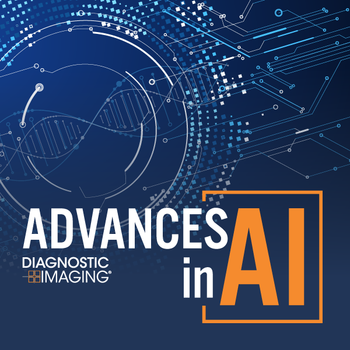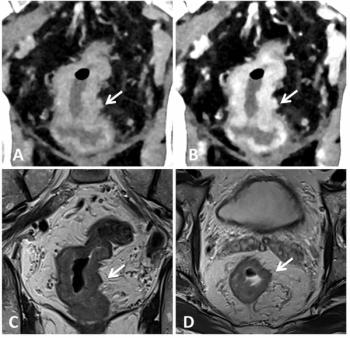
Autistic children face fMRI's gaze
Dr. Susan Bookheimer and colleagues at the University of California, Los Angeles have confirmed through functional MRI that levels of brain function are low or nonexistent in autistic patients viewing stimuli designed to provoke emotional activity, according to studies presented at the 2007 International Meeting for Autism Research.
Dr. Susan Bookheimer and colleagues at the University of California, Los Angeles have confirmed through functional MRI that levels of brain function are low or nonexistent in autistic patients viewing stimuli designed to provoke emotional activity, according to studies presented at the 2007 International Meeting for Autism Research.
'Eye gaze is an important bonding and teaching tool for young children,' Bookheimer said. 'But autistic children tend to avoid the direct gaze. From a very early age, they do not orient toward the face.'
When the control subjects looked at direct-gaze faces, fMR recorded activity in the ventrolateral prefrontal cortex, which has an intrinsic role in the experience of emotions. Less activity occurred when they viewed averted-gaze pictures. Brain scans of the autistic children, however, revealed no activity in this region, whether they were looking at the direct or the averted gaze.
Newsletter
Stay at the forefront of radiology with the Diagnostic Imaging newsletter, delivering the latest news, clinical insights, and imaging advancements for today’s radiologists.



























